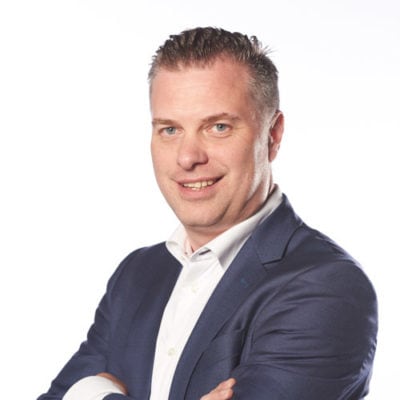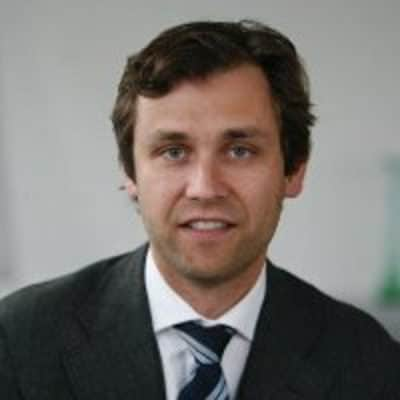Technology has enabled the top 100 companies to diversify into new business areas, create new service delivery models and generate more profit. However, these companies have effectively relinquished control over their technology roadmap: all their core technologies are now developed by tech giants headquartered in North America, Asia and Latin America over which they have little leverage.
Europe in 2030 has a flourishing mid-sized and start-up tech community, as was the case in 2020. The region has excelled at launching tech companies, an impressive number of which have become unicorns. But none has flourished to the point where they have become world-leading whilst remaining based in Europe. There still have not been any European decacorns – start-ups valued at over $10 billion.
An example of the European paradox is in the fine foods industry. Europe’s five major premium foods companies have applied technology to thrive. Technology has enabled them to open up an ever-widening array of channels to market spanning instant-delivery, dark kitchens, meal kits and weekend markets. Europe’s food majors offer retailers of all sizes a full-service solution, from start-up finance to logistics and sales technology, and from white labelled apps to social media promotions as well as, of course, the food itself. The produce is made in Europe, sold by Europeans to Europeans, but the underlying platform technology, ecosystem APIs and data are all provided by Asian and American tech giants.
Over the course of the 2020s, numerous European tech start-ups were founded to serve this market. Each thrived for a while in a few European markets; a few attempted to sell outside of the region, but none scaled to the point of dominance, and ultimately all ended up being acquired and consolidated by larger global platform companies and investors.
Indeed most of promising European tech companies ended up either being bought, relocating outside the region or succumbing to the competition prior to reaching maturity. Perfect Vacation, a company founded in 2021 in Italy, is one salutary example. This company used technology to manage the administrative hassle of complying with Covid-19 protocols. It sold its services to holiday-making families and generated commissions from travel companies that were eager for a flow of low-risk, high-income holiday makers each of whom had been assessed for their likelihood of being infectious.
By the end of summer 2022, stories were trending on social media of how Perfect Vacation members were being prioritised at airline check-ins because of their lower risk profiles. On restaurant booking apps, a filter was introduced that showed places that preferred Perfect Vacationers. Restaurants, who were already struggling for staff and whose nightmare was an incautious customers who might infect a staff member, causing the closure of the restaurant in peak season, offered discounts to Perfect Vacation members.
In 2023, Perfect Vacation added a Perfect Pay option for hotel, restaurant and taxi transactions. The company used its increasingly accurate risk assessment capability to identify individuals who were low financial risks. In this year, Perfect Pay moved its headquarters to London, partly due to incentives offered, but also due to access to talent, a move that caused some disquiet.
A year later, the rebranded Perfect Group expanded into North America where Covid status information remained fragmented across multiple suppliers. Perfect offered the US tourism industry an instant, reliable way of determining who was permitted to enter tourist attractions. The majority of theme parks offered specific queues for the low-risk families travelling with Perfect.
In 2025, as Perfect neared the one billionth member milestone, attitudes towards the company started to sour. There was resentment from consumers denied access to Perfect, among whom were a growing number of politicians, journalists and mature musicians. There was also disquiet from EU regulators about data flows following Perfect’s expansion into North America. Perfect made some changes to their business model following lengthy negotiations with European regulators. Perfect made these changes hoping to conclude discussions; the regulators responded by requesting further concessions.
Anticipating further regulatory constraints decided to move its headquarters to the West Coast. This was costly, especially given the cost of relocating families from Europe to California, but access to greater funding from the US capital markets helped with the transition.
Perfect continued to remain a large player in Europe and remained a favoured supplier to the European tourism sector, but its priority was the North American and Asian markets.













